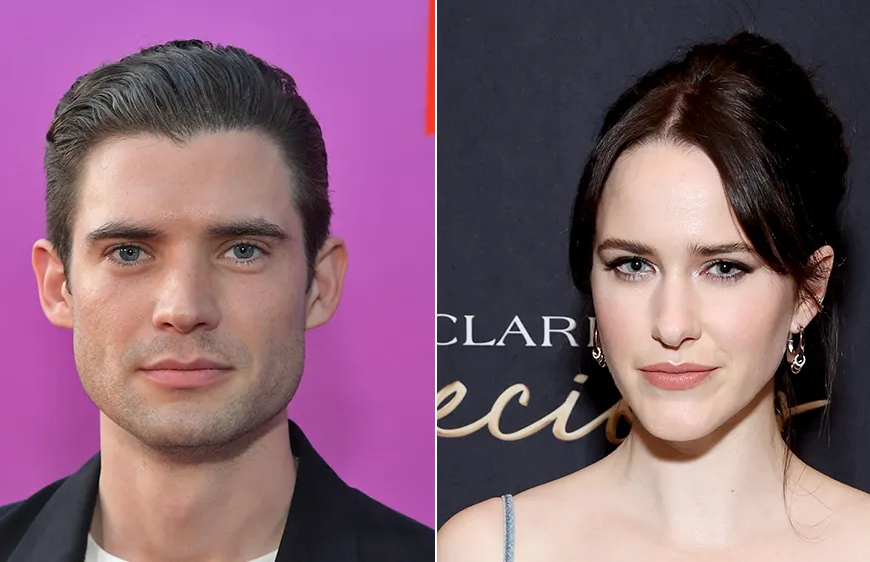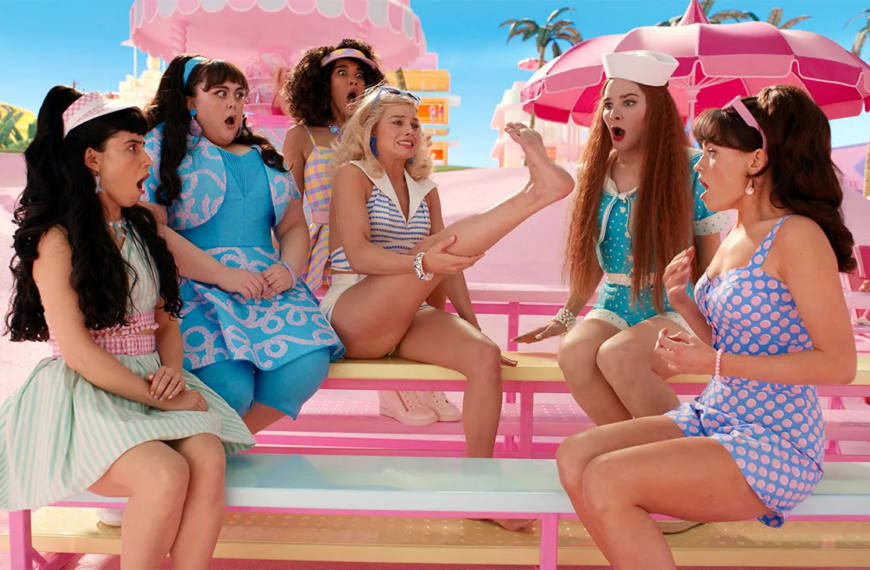Dubai, the shimmering jewel of the United Arab Emirates, is often portrayed through a glossy lens—gleaming skyscrapers, luxury cars, high-end malls, and opulent lifestyles. With landmarks like the Burj Khalifa, the Palm Jumeirah, and the Dubai Mall, the city seems like a futuristic paradise crafted from oil wealth and innovation. But behind the glitz and glamour lies a more nuanced, often unseen reality—one that reveals the complexities of rapid development, cultural contrasts, and socio-economic disparity.
A Tale of Two Cities
At first glance, Dubai is a testament to modern architecture and ambitious vision. In just a few decades, it has transformed from a modest fishing village into one of the most sought-after destinations in the world. But this meteoric rise comes with a price. While the wealthy elite and international expats enjoy tax-free income and luxury, many migrant workers live a starkly different life.
Behind the majestic towers are the silent builders—primarily South Asian laborers—who work long hours in extreme heat, often for minimal wages. Many live in cramped labor camps on the outskirts of the city, hidden from the tourist’s view. Their contribution to Dubai’s skyline is immense, yet their stories often go untold.
Cultural Tensions and Identity
Dubai brands itself as a global city, welcoming all cultures, but the blend of liberalism and conservatism can be confusing. While you can find nightclubs, designer boutiques, and world-class restaurants, strict laws govern behavior, dress codes, and even social media posts. Public displays of affection, alcohol consumption in public places, and certain expressions online can lead to fines or arrests.
This duality creates tension—not only for tourists unfamiliar with local customs, but also for residents trying to balance modernity with traditional Emirati values. Dubai walks a tightrope between being a forward-looking city and upholding its Islamic cultural roots.
Environmental Cost of Luxury
Dubai’s rapid development has also raised concerns about sustainability. The city consumes vast amounts of energy to power its air conditioning, artificial islands, and desalination plants. Despite efforts to invest in green energy, Dubai still has one of the highest per capita carbon footprints in the world.
Water, a scarce resource in the desert, is used abundantly—from lush golf courses to fountains and landscaping. While solar farms and sustainable urban projects are in progress, the lifestyle promoted by the city contradicts the urgent global need for environmental responsibility.
Beyond the Facade
Dubai is not merely a city of contradictions; it is a city of ambition. Its leaders are determined to make it a global hub for technology, finance, and tourism. And to a large extent, they have succeeded. But understanding Dubai requires looking beyond the facade—acknowledging both its brilliance and its flaws.
To truly appreciate the city is to see it whole: the workers as well as the entrepreneurs, the culture as well as the commerce, the challenges as well as the triumphs. Dubai’s story is still being written, and perhaps the next chapter will be one where progress includes equity, sustainability, and authenticity.
Only then can the city shine—not just on the surface, but from within.
 Skip to content
Skip to content






